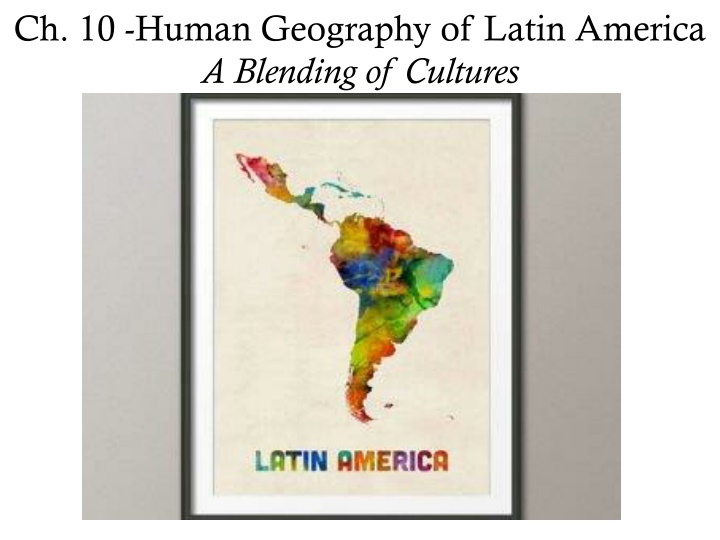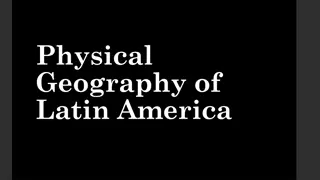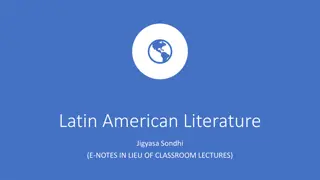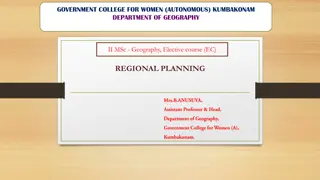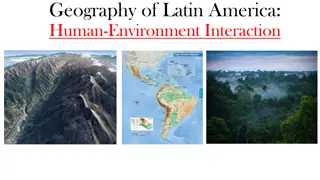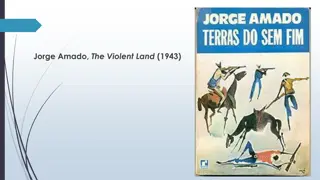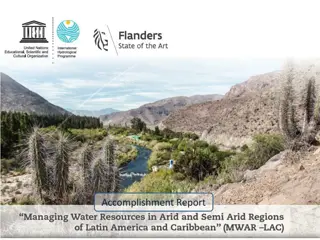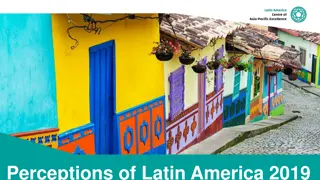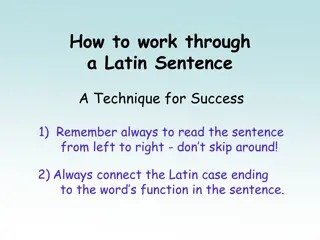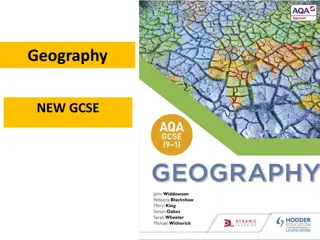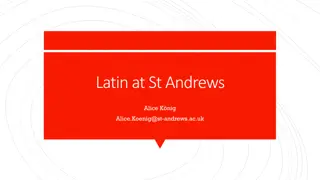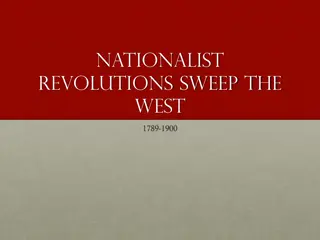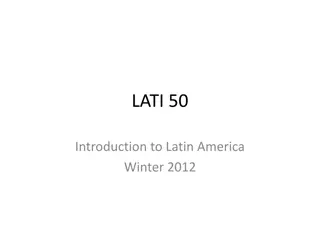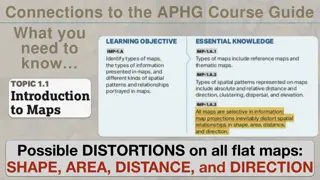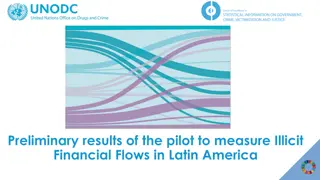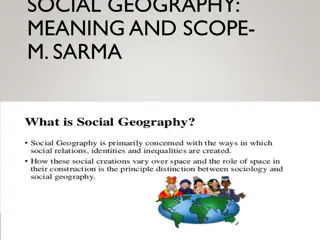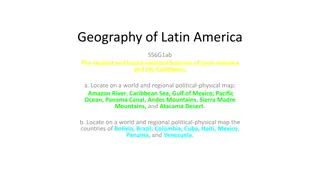Human Geography of Latin America: Blending Cultures in Mexico
Rich history of Mexico, from the influences of Native Americans and Spanish conquest to independence struggles and political reforms. Learn about the cultural fusion that shaped modern Mexico and the economic challenges it faces today.
Download Presentation

Please find below an Image/Link to download the presentation.
The content on the website is provided AS IS for your information and personal use only. It may not be sold, licensed, or shared on other websites without obtaining consent from the author.If you encounter any issues during the download, it is possible that the publisher has removed the file from their server.
You are allowed to download the files provided on this website for personal or commercial use, subject to the condition that they are used lawfully. All files are the property of their respective owners.
The content on the website is provided AS IS for your information and personal use only. It may not be sold, licensed, or shared on other websites without obtaining consent from the author.
E N D
Presentation Transcript
Ch. 10 -Human Geography of Latin America A Blending of Cultures
Section 1 Mexico Objectives: -Describe how Native and Spanish influences have shaped modern-day Mexico. -Explain how democratic reforms and improved trade agreements could potentially contribute to a stronger economy in Mexico.
Colonialism and Independence Native Americans and the Spanish Conquest Territory of present-day Mexico was originally occupied by many different native peoples including the Toltecs, Aztecs and other smaller groups or tribes. The spread of disease, advanced fire power and weaponry along with horses all helped Hernando Cortes and the Spanish conquer the Aztec empire. (1519-1521)
Father Miguel Hidalgo by Juan OGorman Mexico was a part of the Spanish empire for three hundred years, providing Spain with gold and silver. Mexico gained independence from Spain in 1821 under Augistin de Iturbide.
Benito Juarez and Land Reform Mid 19th century, Juarez led a reform movement and became president of Mexico. Focused on separation of church and state, better education, and more even distribution of land. New constitution was adopted in 1917 and redistributed nearly half of Mexico s land to peasants.
One-Party Rule 1929, a new political party took power in Mexico called the Institutional Revolutionary Party. Pros -helped introduce democracy -maintain political stability for much of the 20th century. -continued policy of land redistribution Cons -did not tolerate opposition which led to fraud and corruption.
A Meeting of Cultures The Aztecs and the Spanish Aztec empire arose in the Valley of Mexico, a mountain basin about 7,500 feet above sea level. Capital of Tenochtitlan around 1200 C.E. Spanish brought disease, their language and Catholicism.
Economics: Cities and Factories Main economic challenges: 1. Closing the long-standing gap between rich and poor people. 2. Developing a modern industrial economy.
Population, cities and the economy Trend of urbanization has increased due to economic opportunities in the city. Mexico s economy includes a large industry based on its oil reserves in and along the coast of the Gulf of Mexico .
